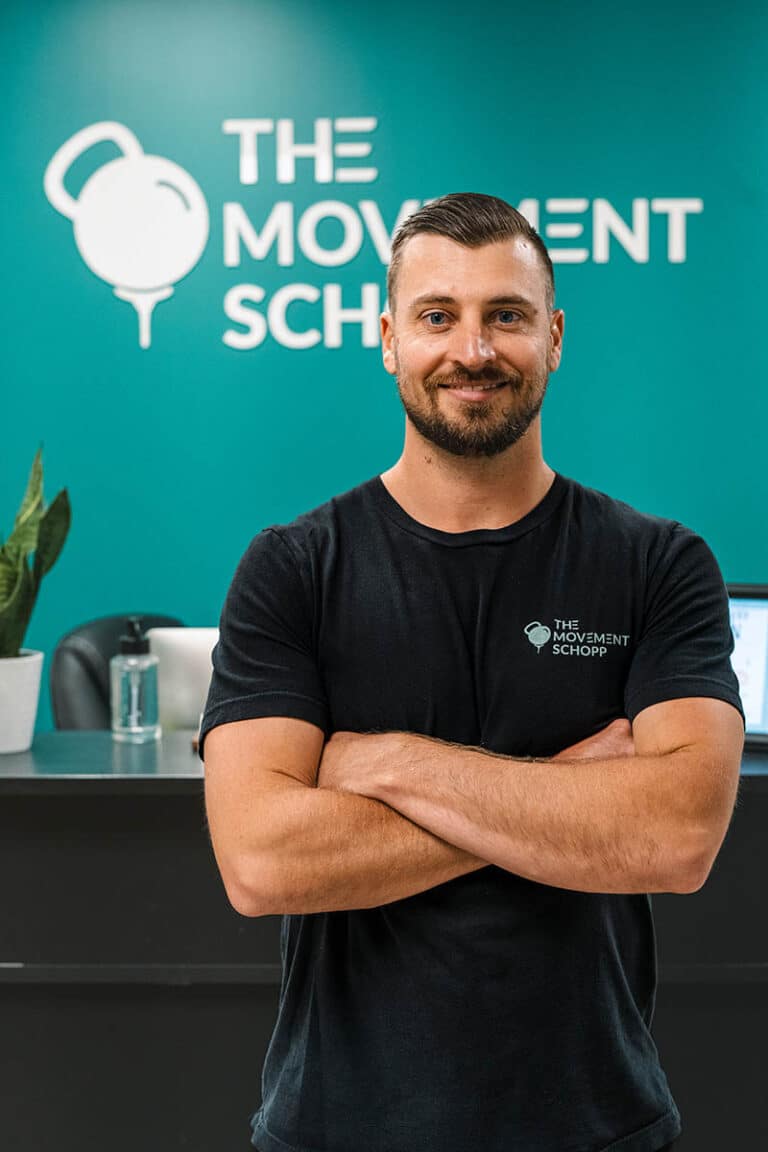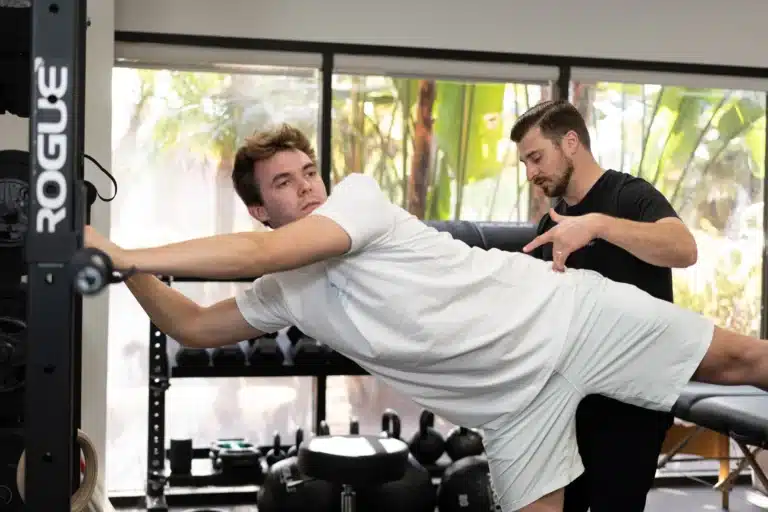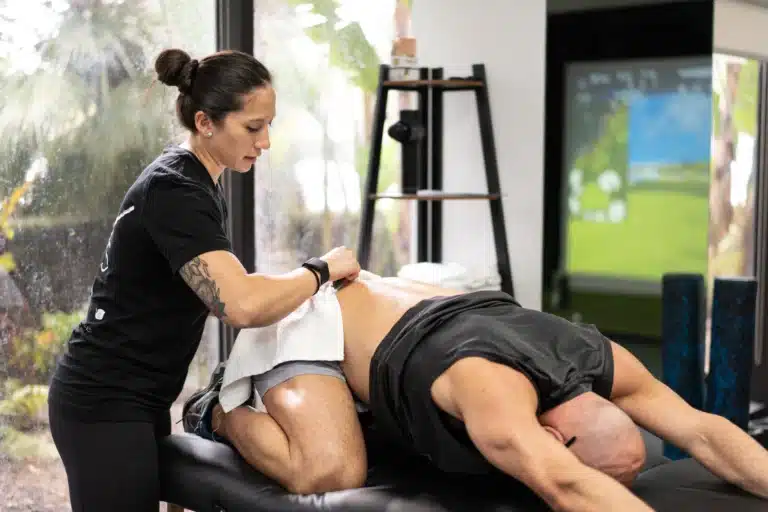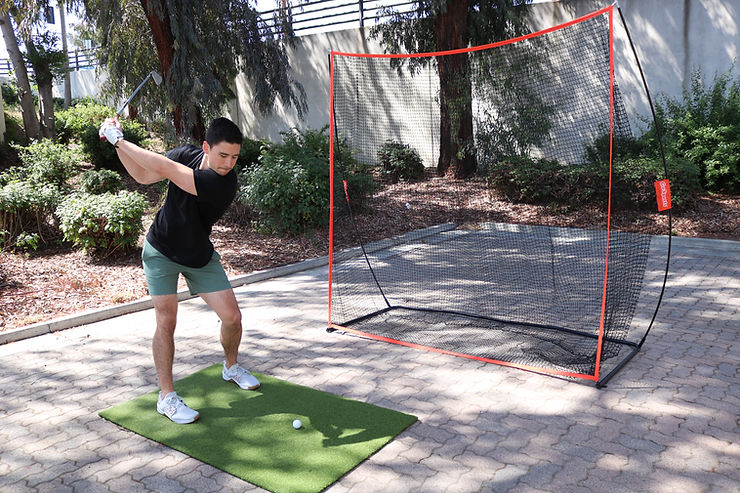CrossFit is known for its intensity, incorporating a wide range of movements that push your body to the limit. While this variety can help athletes achieve incredible fitness, it can also place a lot of strain on the shoulders. Overhead movements, kipping pull-ups, and Olympic lifts are common in CrossFit workouts, and these movements can lead to overuse injuries if not performed with proper care. Fortunately, with physical therapy for CrossFit, you can maintain your shoulder health, prevent injuries, and keep training at your best.
Common Shoulder Injuries in CrossFit
The shoulder joint is highly mobile but also susceptible to injury, especially when exposed to the repetitive overhead movements common in CrossFit. Some of the most common shoulder injuries CrossFit athletes face include:
1. Rotator Cuff Strain
The rotator cuff muscles help stabilize the shoulder joint during movements like overhead presses, pull-ups, and snatches. Repeatedly performing these exercises with poor form or without proper warm-up can strain the rotator cuff, leading to pain and weakness.
2. Shoulder Impingement
Shoulder impingement occurs when the tendons of the rotator cuff become pinched between the bones of the shoulder, often caused by poor posture or overuse. This can result in sharp pain during overhead movements like handstand push-ups or jerks.
3. Labrum Tears
The labrum is the cartilage in your shoulder socket that helps stabilize the joint. Movements like kipping pull-ups or jerks that involve explosive power can lead to a tear in the labrum, causing instability, pain, and difficulty moving the arm.
How to Prevent Shoulder Injuries in CrossFit
Preventing CrossFit shoulder injuries is possible with the right approach. Here are some key strategies to protect your shoulders and keep training pain-free:
1. Focus on Mobility
Shoulder mobility is critical for performing CrossFit movements correctly. If you have limited range of motion in your shoulders, you’re more likely to compensate with improper form, leading to injury. Regular mobility work should focus on the shoulders, thoracic spine, and chest to ensure your body can move through its full range of motion without restriction.
Example: A CrossFit athlete in Redondo Beach struggling with shoulder tightness during overhead presses may benefit from shoulder mobility exercises prescribed by a physical therapist.
2. Strengthen the Rotator Cuff
A strong rotator cuff is essential for stabilizing the shoulder joint during heavy lifts and explosive movements. Incorporating rotator cuff strengthening exercises into your warm-up or training routine can help prevent injuries. These exercises can be simple, like external and internal rotations with resistance bands.
Example: A CrossFit athlete in South Bay experiencing minor shoulder discomfort during snatches may work with a physical therapist to strengthen their rotator cuff and improve joint stability.
3. Warm Up Properly
CrossFit athletes often dive into high-intensity workouts without adequately preparing their shoulders. Make sure to warm up your shoulders thoroughly before any workout that involves overhead lifting or pulling. Dynamic stretches, light resistance exercises, and mobility drills can help get your shoulders ready for action.
Example: A CrossFit athlete in Torrance may incorporate shoulder circles, band pull-aparts, and light dumbbell movements to prepare their shoulders for an intense workout involving jerks or kipping pull-ups.
4. Master Proper Technique
Improper form is a leading cause of shoulder injuries in CrossFit. Movements like the snatch, clean and jerk, and kipping pull-up place immense strain on the shoulder if done incorrectly. Work with a coach or physical therapist to master the proper technique, ensuring that you’re moving safely and efficiently.
Example: A CrossFit athlete in Hermosa Beach may work with a physical therapist to correct their overhead press form, reducing unnecessary stress on the shoulder joint and preventing injury.
How Physical Therapy Can Help Maintain Shoulder Health for CrossFit Athletes
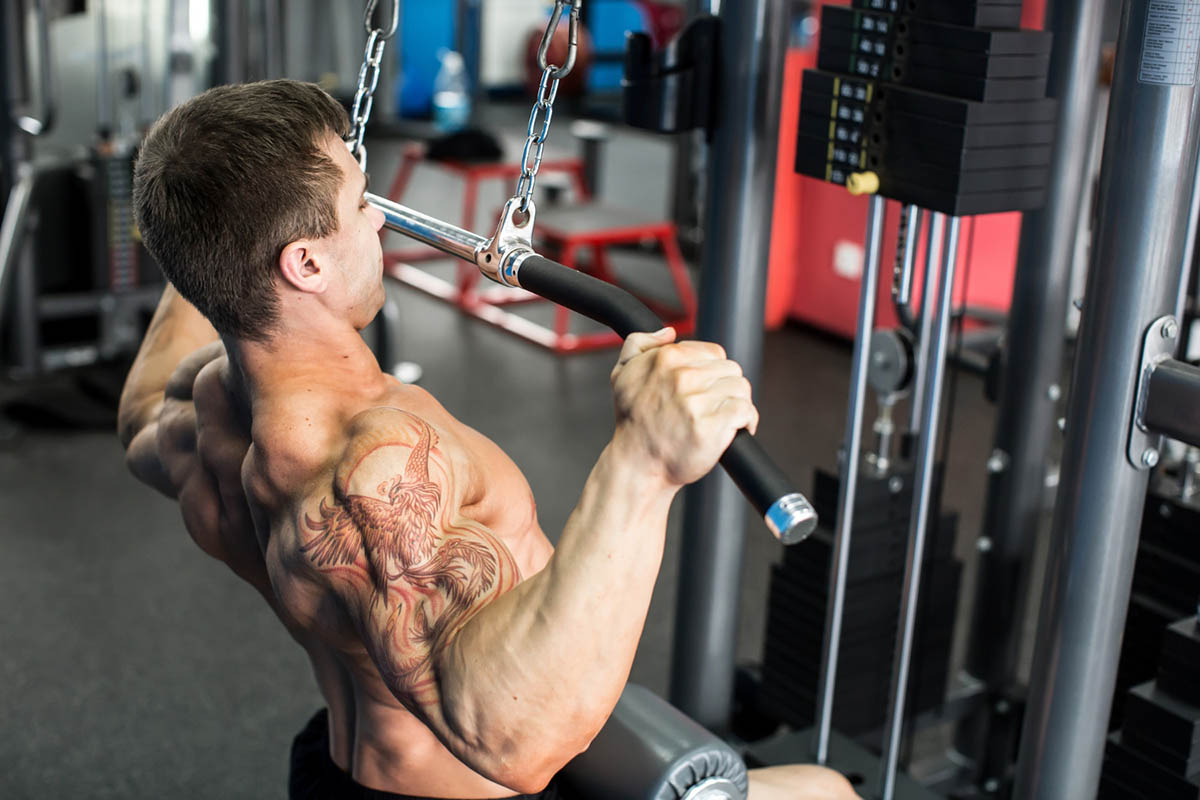
Physical therapy for CrossFit athletes isn’t just about injury recovery—it’s also about maintaining your shoulder health so you can continue training at a high level. Here’s how physical therapy can help:
1. Address Shoulder Imbalances
Physical therapists can identify muscle imbalances or weaknesses that may be contributing to shoulder pain. By addressing these imbalances with targeted exercises, you can improve your shoulder stability and prevent injury.
2. Mobility Work to Improve Flexibility
Mobility work is a key part of shoulder health. Physical therapists can guide you through stretches and exercises designed to improve your shoulder’s range of motion, ensuring that you’re able to perform CrossFit movements without restriction.
3. Strengthening and Stability Training
A strong shoulder joint is a healthy shoulder joint. Physical therapists will help you strengthen the muscles around your shoulder, improving stability during high-impact or explosive movements common in CrossFit workouts.
Example: A CrossFit athlete in Palos Verdes working to improve shoulder health may follow a physical therapy program that includes strengthening the rotator cuff, improving scapular control, and enhancing mobility.
Long-Term Shoulder Health
Incorporating regular physical therapy into your routine is essential for long-term shoulder health in CrossFit. By working with a physical therapist, you can prevent overuse injuries, improve your mobility, and strengthen your shoulders to handle the demands of your training.
Conclusion: Protect Your Shoulders with Physical Therapy
CrossFit is a physically demanding sport, and shoulder injuries are all too common if proper precautions aren’t taken. With physical therapy for CrossFit, you can maintain your shoulder health, prevent injuries, and keep training without pain. Whether you’re lifting in South Bay, Redondo Beach, or Torrance, The Movement Schopp can help you stay strong and injury-free.

